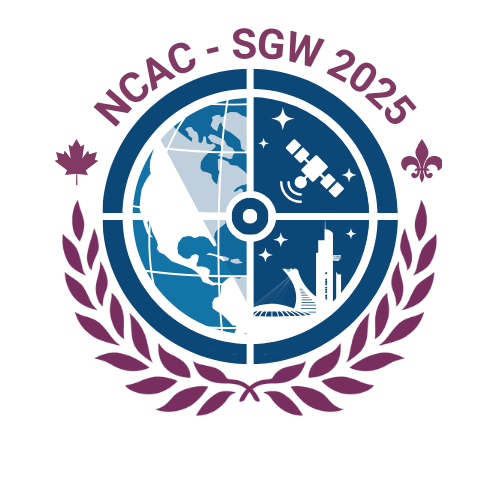SGAC Switzerland
National Points of Contact Switzerland
Welcome to the country page of SGAC Switzerland !
Although small in size, our country has been geographically, politically, and technologically at the centre of international cooperation on space science and technology.
In 1960, the first multilateral and intergovernmental meeting on space cooperation took place in Meyrin (Geneva). This led to the creation of the ESRO (European Space Research Organisation) in 1964, which later merged with the ELDO (European Launcher Development Organisation) to form the European Space Agency (ESA).
Switzerland’s technological sector is rife with technological and scientific contributions to space exploration: from the design of the first human-conducted experiment on the Moon with a solar sail meant to study solar wind (Apollo 11), to the use of Velcro in aerospace, or the NAGRA audio recorder.
At SGAC Switzerland, we aim to connect, inform, and inspire students and young professionals to become the next generation of space leaders while fostering networks with actors in Switzerland and worldwide.
Young Space Activities Overview in Switzerland
The Swiss space sector is an important part of the European and worldwide space industry. With academic and industrial actors creating an intertwined network producing high quality components and missions. For instance, the CHEOPS (CHaracterising ExOPlanet Satellite) mission was led by ESA and Switzerland; SwissCube by EPFL students is still operating in orbit after more than 13 years; ClearSpace aims to become the first active debris removal service provider in the world, and many more.
In 2016, an ESA Business Incubation Centre opened in Switzerland to support entrepreneurs to realise their innovative ideas and transfer technologies from space to Earth and from Earth to space.
Following the momentum of the NewSpace industry, a wave of new space student associations have been formed in Swiss universities, providing young students and professionals with a gateway to become involved in the space industry.
This is just a glimpse, to get more information, check out the links below to find out more and join us at SGAC Switzerland!
Country-specific events in 2023
| Events Name | Event Host City | Event Date | Link |
|---|---|---|---|
| Space Community Days 2023 | Bern | 25.-26.04.2023 | https://scd2023.b2match.io/ |
| EUCASS | Lausanne | 9.-14.07.2023 | https://eucass-ceas-2023.eu/ |
| Next Space Generation at Aerospace Europe Conference | Lausanne | 14.07.2023 | |
| Commercial Space Days | Luzern | 11.-12.09.2023 | https://www.commercial-space-days.com/ |
| Further events | https://space-innovation.ch/activities/events/ | ||
| Occasional SGAC meet-ups in different cities in Switzerland |
Interesting Web Links
National Authority
Academic Institutions and Research and Technology Organizations
- EPFL Space Innovation
- EPFL eSpace
- EPFL Laboratory of Astrophysics
- ETHZ Space
- ESA BIC Switzerland
- International Space Studies Institute, ISSI
Swiss Associations
- Swiss Space Association, SRV
- Committee on Space Research, CSR, of the Swiss Academy of Sciences
- Swiss Committee on Remote Sensing, SCRS, of the Swiss Academy of Sciences
- Swiss Space Industries Group
- Swiss Society for Astrophysics and Astronomy, SGAA/SSAA
Student space teams
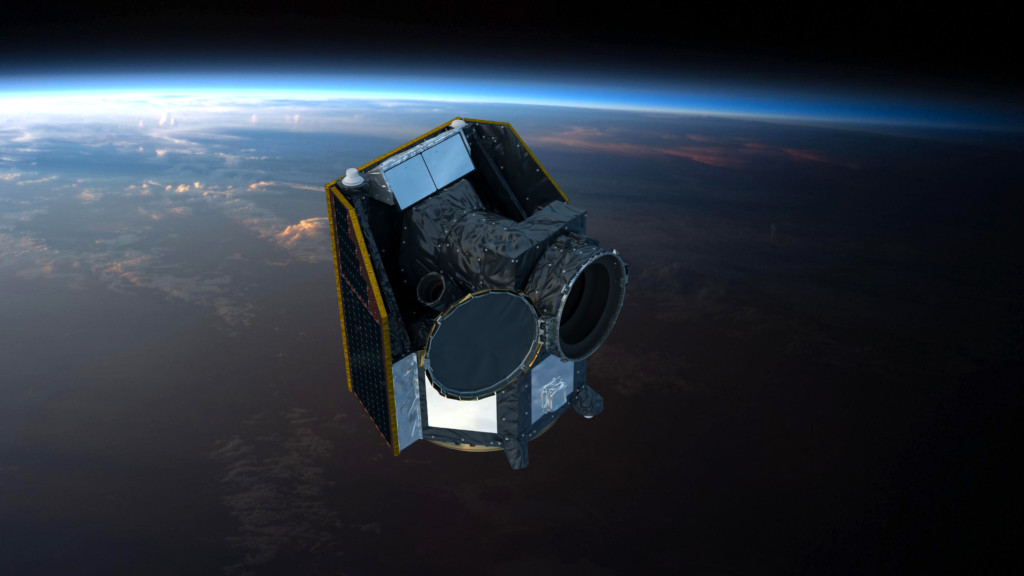
Artist’s impression of CHEOPS. Credits: ESA/ATG medialabs
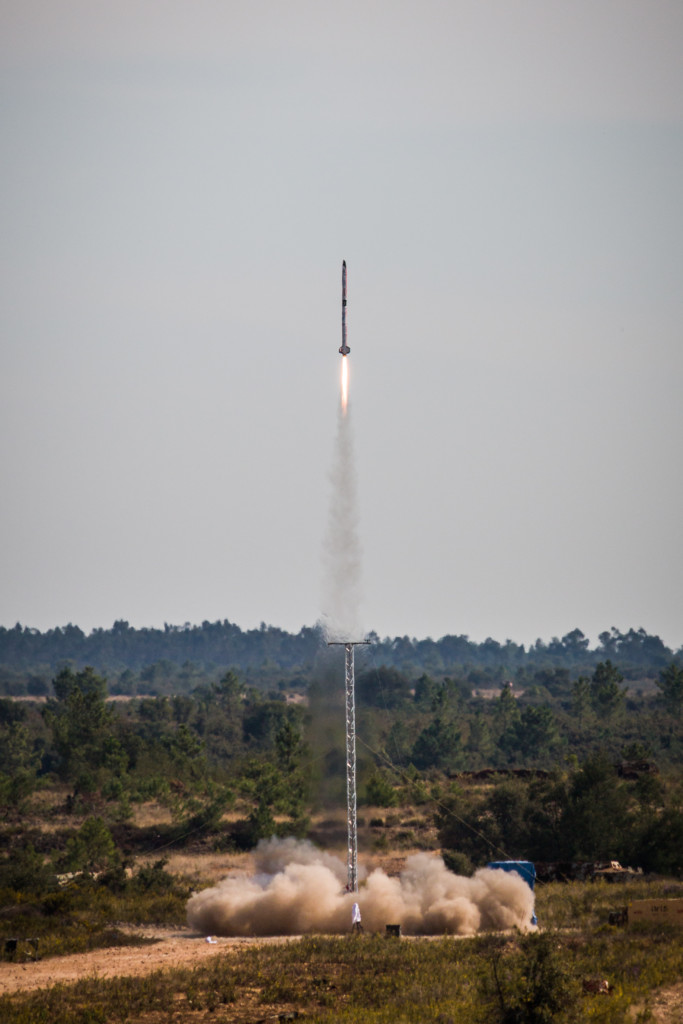
EPFL Rocket Team launch at EuRoC 2021, European champions with the Bella Lui 2 rocket
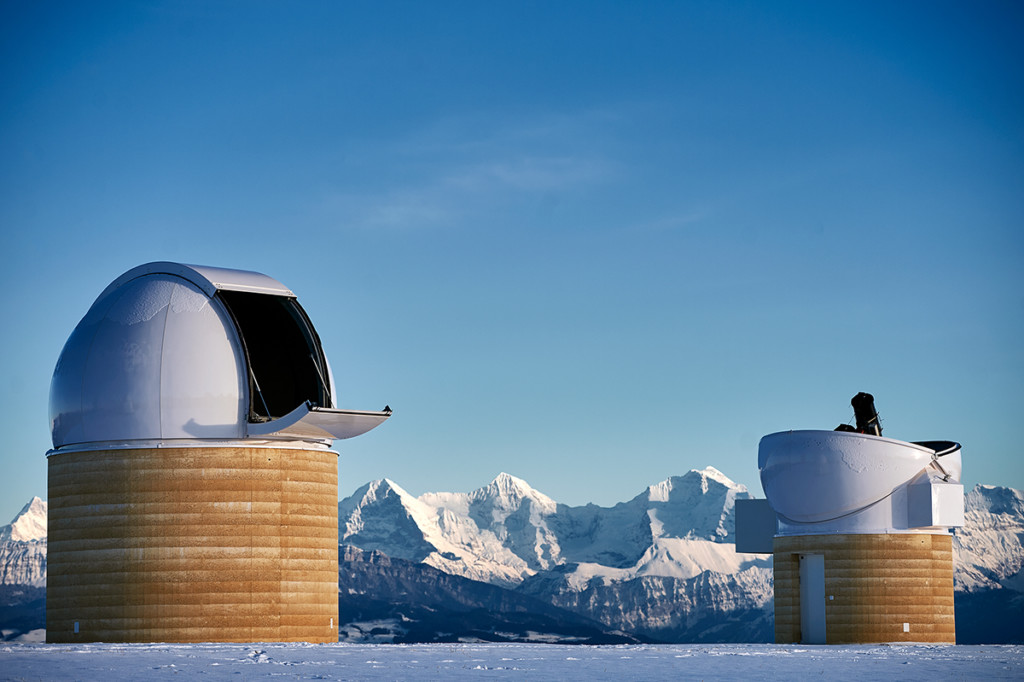
The two new domes of the Zimmerwald Observatory with 5,3m (left) and 4,5m (right) diameter. Credit: University of Bern / Manu Friederich
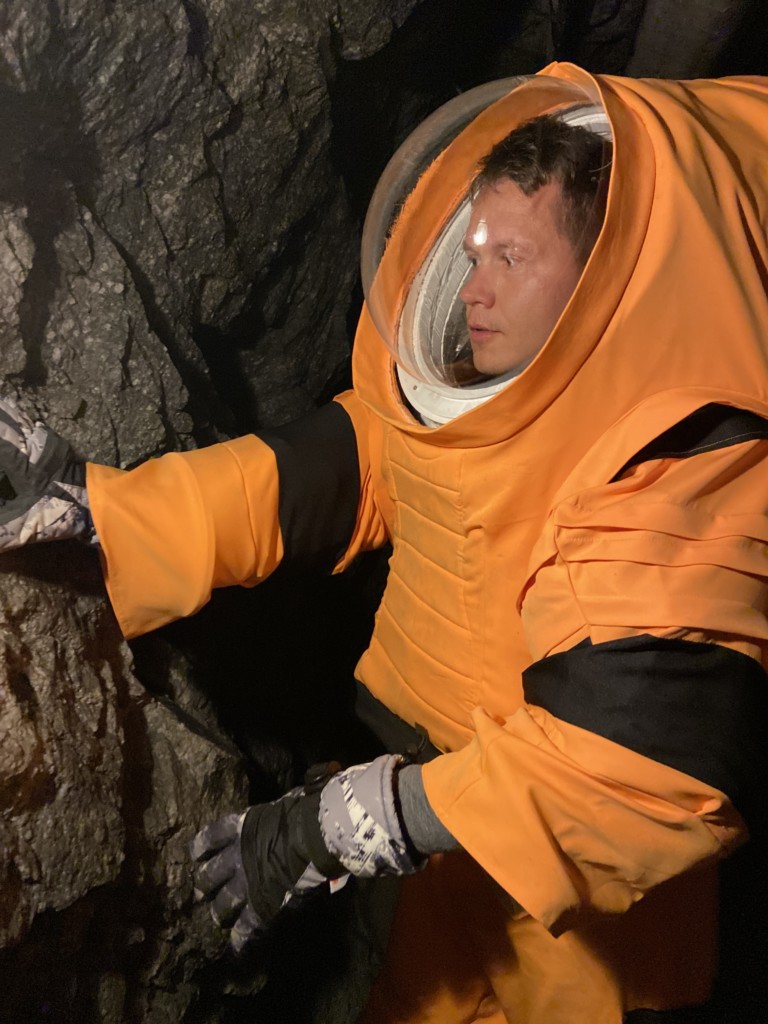
Courtesy of Asclepios, during their analog mission in summer 2023

